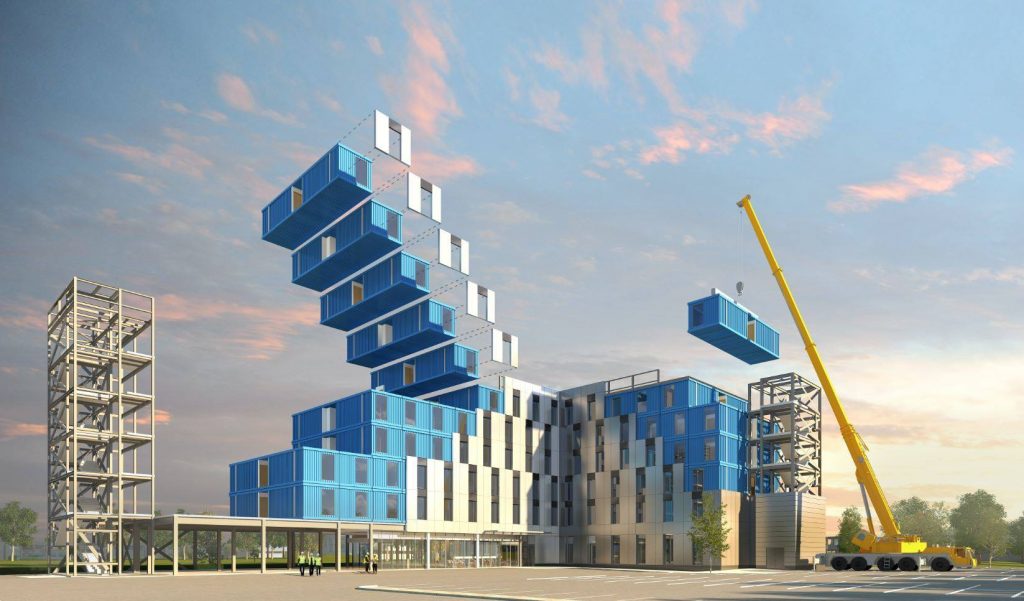The construction and building industry is one of the few industries that have remained relatively unchanged since modern construction techniques were implemented. These traditional methods have been reliable and as a result remain unchanged. There is no need to alter the process as we are constructing safe, secure, and beautiful homes. However, this isn’t to say that other forms of construction don’t exist – modular construction is a small but growing part of the construction industry and is proving itself to be an invaluable option to housing issues riddling Australian society.
Housing affordability is a well-advertised issue facing Australians at the moment and can be partly attributed to decades of undersupply in many states and territories. With population set to reach 50 million by 2066, in order to keep with population growth, the construction industry is required to build between 134 250 and 253 240 new dwellings per year. These figures seem feasible considering an average of 224 950 homes are being built each year (since 2015) however; this is assuming that there is an even population distribution. 77% of our population growth is directed towards our fast-growing cities – Sydney, Melbourne, Adelaide in particular, which consequently raises home and rental prices. Combine this with lack of coordination between infrastructure planning and housing supply, the growing disparity between income and rent prices and restrictions on the supply of available land for housing is resulting in suffering for low socioeconomic families.
Housing affordability has been directly linked to the homelessness crises in Australia. Additionally, public housing is also heavily neglected within Australian infrastructure, and with a lack of a skilled labour force in the housing construction industry the issue at hand becomes incredibly layered and complex with no solution seemingly in sight.
Modular construction can provide affordable housing options for low income families, with savings driven by mass production, reduced construction times and lower labour costs. While traditional housing methods have provided a solid foundation for the construction of our remarkable cities, alternative housing options need to be available to mend the gaps that unaffordable and poorly planned housing developments have left. Modular construction only accounts for 3% of Australians annual construction, but there is certainly an obvious place for it in our industry’s future.
Our team at Structerre has been providing the modular construction industry with innovative and cutting-edge designs that saves both on time and costs of construction for well over 30 years.
Our Framing and Modular teams are constantly expanding to service this ever-growing part of the industry.
Back to News
